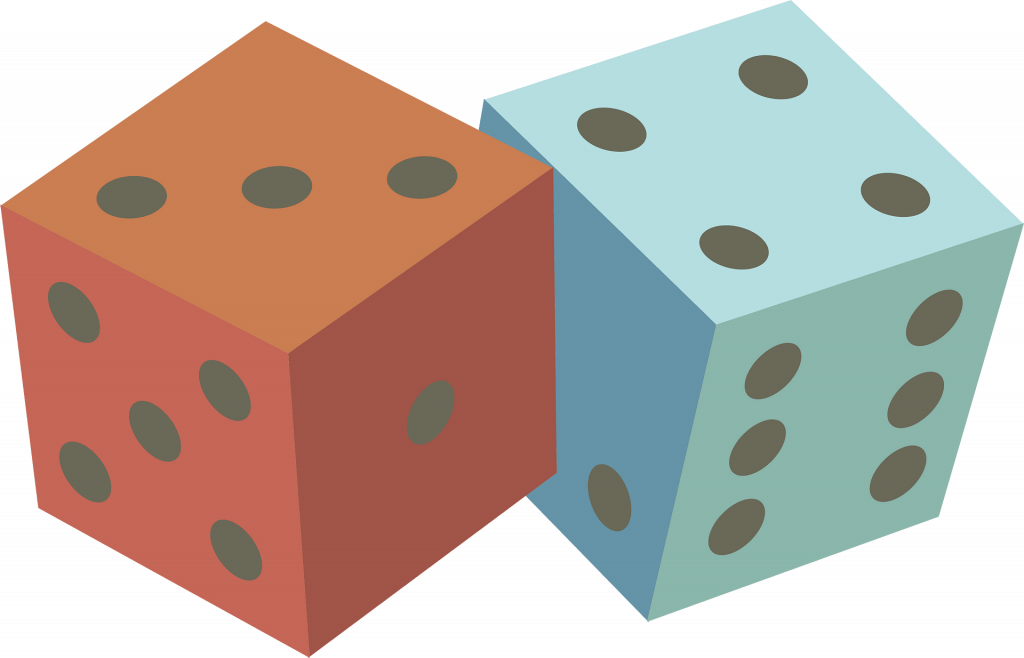Radeviance is a political and philosophical concept I co-authored on one of my Tumblr blogs. This blog has high chances to be suspended, so I’m transferring relevant posts here now. Pieces of my blog are currently being archived here and here as well.

Radeviant
Radeviant is an identity related to the concept of deviance – non normative and marginalized identities and behaviors, such as queerness, transids, body modifications, and many others.
It is being suggested as an alternative to the radqueer identity, but unambiguously equally inclusive of queerness and other stigmatized features. While the original coiner of “radqueer” included other experiences under “queersexuality” and “queer behavior” labels, the term re-coiners removed this part of the definition, and the position of other identities became unclear. Whether they “count” as a type of queerness is a topic of debate, and instead of continuing this debate, I offer radeviant as an umbrella term, a bigger group that includes both radqueer and everything else.
This term was co-created by me and an anon during a conversation on August 10-11 of 2023.
The flag was made by @paraphilia-flags-and-more. According to their explanation, the flag shape is inspired by the concept of radiance, and the colors are related to particular non-normative identities: lavender for queer, pink for transid, gold for neurodivergent or disabled, teal for para, meanwhile black symbolizes potential inclusion of someone additional and grey may be used as a field to put symbols of identities we mean to highlight.
Original post, August 12, 2023.
A repost of my post from rqd2.
The ideology of radeviance
So what significance does being radeviant carry for me?
Radeviance is an attempt to explore the meaning and the potential of deviance – deviant identities (orientations, including gender-based and para ones, genders, neurodivergences, and more) and deviant presentation, which is very likely but not inherently a means of expressing an identity.
The idea to tie together and explore together all orientations, gender, mental health, and other persecuted facets of self dates back to at least 2019, when a minority rights activist Kamil Beylant coined the concept of “non normative identities alliance”. Two years later a Tumblr user foucault-divine-mephisto had a similar thought and coined “radqueer”. Both these terms have their flaws. “Alliance” implies a better degree of coordination and mutual support than we have right now, it’s hard to call the queer community, the transid community, the neurodivergent community allied yet (and it’s not a coincidence that almost everyone who calls for such an alliance is in the overlapping zone of these communities). “Radqueer” gives way to an exhausting conversation about who is or isn’t “really queer”, as a large percentage of the queer community uses this word to describe a narrowly defined zone of identities and experiences and treats it as a token of moral virtue. I like “deviant” for how much more angry and unapologetic it is than “non normative” and how it’s impossible for anyone to say “you’re not good enough to call yourself a deviant” the way they do with “queer”.
So, radeviant is an NNI-aligned term and a radqueer-aligned term. What do I want to do with it?
- I want to let deviant individuals explore their identities both separately and in interconnected manner. Nobody should be forced to choose whether they participate in a community for one part of their life or for another, nobody should be harassed for finding parallels or causation between their identities, e.g. drawing some links between being otherkin and being transgender.
- I want to de-purify those deviant identities that were given a “protected status” by exclusionist communities and are considered above being compared or mixed with something else.
- To disconnect being disordered, perceiving one’s experience as hurtful, from the concepts of treatment and elimination. Those with identities caused by illnesses and trauma are equally allowed to celebrate and be proud.
- Similar to the above, to lift the stigma around identities, understood through sex or pornography.
- To stop the process of fragmenting and exclusionism, to prevent groups that may gain more social acceptance in the future from aligning with the majority and using their increased visibility for hurting the less lucky ones.
If this works, in the future we may actually end up with a radeviant/nonnormative alliance, and then we can work together to reshape the society itself.
Original post, September 4, 2023.

A radeviant look at oppression
I propose regarding oppression as something resembling dice. Its different facets would correspond to different forms of oppression, such as ableism, transphobia, misogyny, while the body of the die itself is the society’s attitude towards what deviates from the norm. Regardless of the exact nature of your deviance, when the die rolls, you may end up with something else, whatever is convenient for the society to deal with you right now. For the metaphor to work the best, we must also assume that the die is rigged.
For those who are confused by my mention of misogyny here, I believe that cisgender womanhood as a class takes a middle position between normative and deviant, because, while it’s a class that is normative in relation to transgender expressions, and nobody (usually) wants cis women to stop being cis women, they are still routinely judged as “defective men” in all other contexts. There are attempts to create artificial differences between men and women that put women in unfavorable light, and really existing differences are also exploited to paint women’s experiences as incorrect and inferior. Seeing women as “defective men” is an old tradition in European philosophy that goes all the way back to the Middle Ages, where the female genitalia was regarded as an inverted version of the male.
In a similar fashion other identities and experiences that are not unambiguously included into what usually is labeled as deviant are still punished by anti-deviance norms, simply because the golden standard of what a person must be was not shaped with them in mind. So types of oppression that predominantly target them are also present in the die. The opposite also applies – people from these groups are highly likely to be victimized by types of oppression, designed for deviants. For example, cisgender perisex black women become victims of transphobia.
It would be impossible to remove only one facet of the die, without tackling what’s at the core. Any attempt by an exclusionist movement to get acceptance (or “normalization”) only for themselves will not bring results.
Original post, September 4, 2023.
A designated deviant and an erased deviant
In how the society treats deviance, there exists a duality of a designated and an erased deviant.
A designated deviant is someone whose deviance the society is aware of.
In opposition to that, an erased deviant is someone whose deviance is denied or obscured in discussions while they still receive their portion of the anti-deviance treatment in practice. This may take several forms:
- Outright denial of the deviance’s existence, “it doesn’t exist, you’re just making it up on purpose”. A classic example is enbyphobia.
- Replacing the erased deviant with a designated deviant.
- Acknowledging presence of deviant traits, refusing to associate them with a proper identity and treating it like a set of disconnected behaviors. Commonly happens to autistic and ADHD people.
I call designated-erased a duality instead of two distinct categories, because, depending on the situation, the same deviance may be both. For example, when lesbians are discussed as traumatized women who actually can be “fixed” and made straight, they are erased. But when people say all trans men are just confused lesbians, lesbians become a designated deviant category that replaces the erased one.
In general, the society makes you designated when it’s more convenient to single you out, point at you, and pin the blame on you, and it makes you erased when it’s more convenient to say you’re not a real statistically valid group that things happen to. There also exists a practice of making more commonly designated and more commonly erased deviants oppose and fight each other.
This duality somewhat mirrors hypervisible/invisible terms you may come across in more mainstream discussions of oppression, but I never liked the word “invisible” in this context, because none of us are actually invisible, it makes it sound like the oppressors are less aware of our existence and less focused on us, and this is unhelpful when talking about targeted oppression.
Original post, September 6, 2023.
These are all Tumblr posts I made on this matter. I plan to develop this idea further.
Leave a Reply